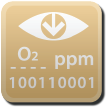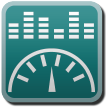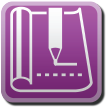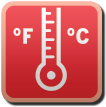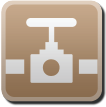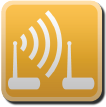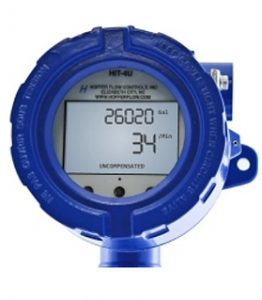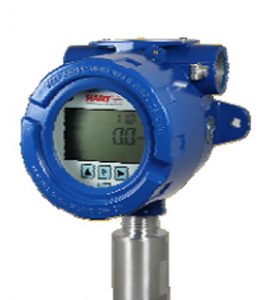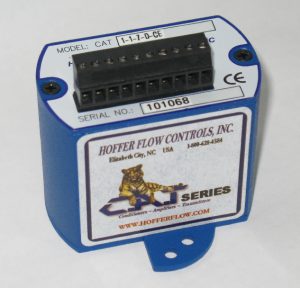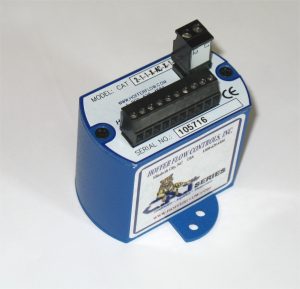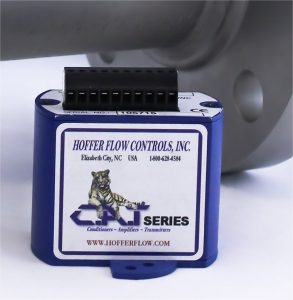Turbine flow meters measure the velocity of liquids, gases, and cryogenic fluids. Typical fluids and gases measured with turbine meters include hydrocarbons, chemicals, water, cryogenic liquids, air, natural gas, and industrial gases. Features include dynamic response time, wide flow range capability, and the ability to customize the turbine flow meter for a specific flow application. The turbine advantage may be defined as the unique blend of desirable attributes peculiar to the Hoffer type turbine flowmeter resulting in a transducer with the ability to measure wide flow ranges with outstanding accuracy, at low cost, with a convenient pulse output.



